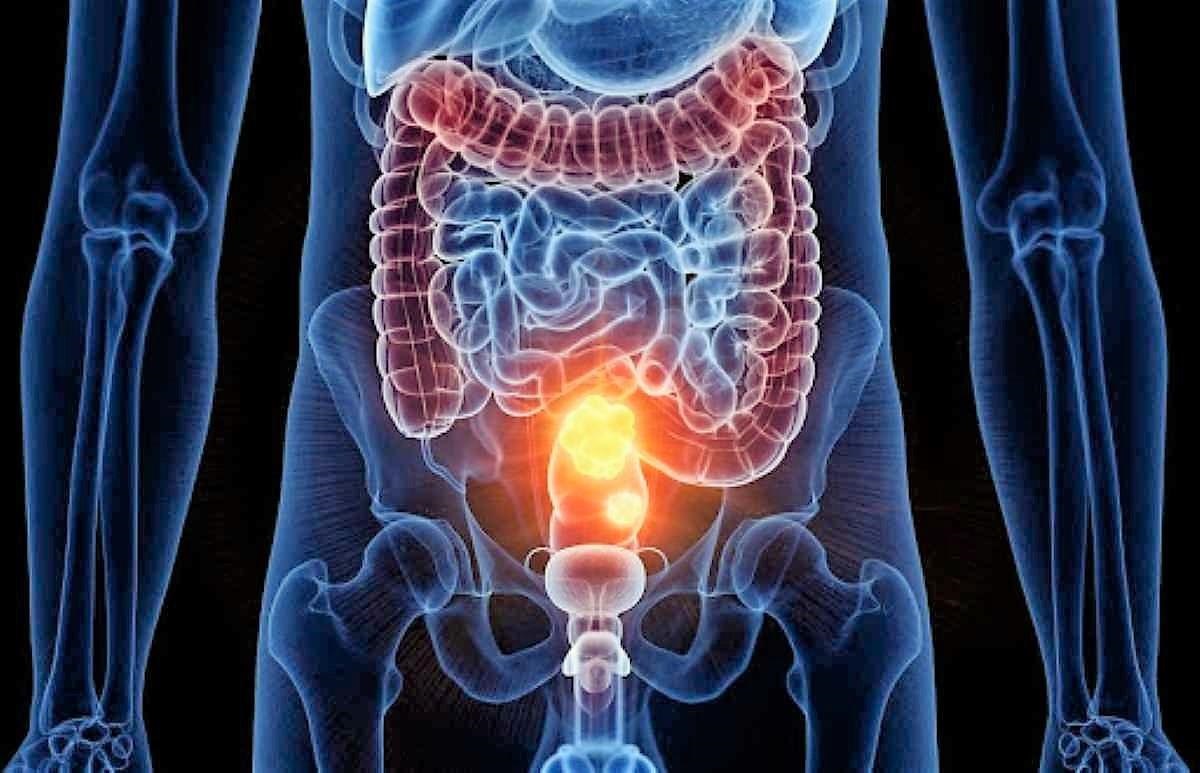by Manuela Zanni
In the laboratory, researchers studied the condition of molecular heterogeneity as a potential target on which to act to transform i cold tumors and refractory to the immune system in hot tumors and able to respond to immunotherapy.
Tumors, strategy found to treat colon cancer
“We have designed special experiments, in laboratory mice in which it was possible to reproduce at least in part the disease colon cancer observed in patients. Thanks to the use of molecular biology techniques and bioinformatics analysis, we have discovered how the portion of cells with an altered Mmr can activate an effective immune response even against the counterpart characterized by a functioning Mmr” said Giovanni Germano, researcher at Ifom, University of the studies of Turin and the Institute of Candiolo Irccs and author of the article alongside Bardelli.
What is the treatment?
“Following this intuition, we evaluated the efficacy of 6-Thioguanine, a drug already used in the treatment of some leukemia, which is toxic only to cells with functioning MMR. With satisfaction we have noticed that the treatment with 6-Thioguanine increases the fraction of cells deficient for Mmr and at the same time interferes with the growth of heterogeneous TUMORS”. The data emerging from the study now lay the foundations for exploiting tumor heterogeneity in order to increase the fraction of patients with rectal COLON cancer who can potentially benefit from immunotherapy” added Dr. Germano.
Bardelli: “Every tumor has a different ecosystem”
“The fraction of Crc that presents heterogeneity – specifies Amodio – is currently still being studied, but it is believed that it concerns a small number of patients. This fraction is destined to grow if we also take into account TUMORS whose heterogeneity is due to the effects of previous drug therapies, as recently demonstrated in a clinical study conducted by our group, published in the journal Cancer Discovery”. The new study, “made possible thanks to the essential support of the Airc Foundation, underlines the importance of fully understanding the ecosystem of each individual tumor – concludes Bardelli – in order to understand which are the best therapeutic options that can be used. Although encouraging, the results obtained were generated in laboratory animals and we are verifying whether they can be transferred to the clinic shortly”.
Cold and hot tumors
In medical terms, it is said that the cancer becomes from “Freddo” (therefore not very sensitive to the activity of the immune system because it is “impermeable” to lymphocytes) to “heat”, that is, with a greater presence Of immune cells that can help eliminate malignant cells.

Colon cancer
The differences between warm and cold tumors
For many people diagnosed with cancer with metastases, immunotherapy is currently the most effective therapeutic strategy for prolonging life expectancy. On a biological level, the distinction between cold tumor and warm tumor it depends on whether or not the cancer cell has difficulty repairing its DNA. In a cancer cell just as in healthy cells damage to DNA occurs continuously. If a tumor cell is unable to repair its genome, it accumulates these mutations, involuntarily signaling itself to immunotherapy as a therapeutic target. If, on the other hand, the tumor cell manages to repair the errors of the DNA, it presents few mutations and therefore becomes difficult to intercept by the immune system, managing to evade immunotherapy and thus guaranteeing survival at the expense of the patients.
Are you on Telegram? Do you like our news? Follow the DonnaClick channel! Sign up by clicking here!
JOIN
Related articles
“).attr(n.scriptAttrs||{}).prop({charset:n.scriptCharset,src:n.url}).on(“load error”,i=function(e){r.remove(),i=null,e&&t(“error”===e.type?404:200,e.type)}),E.head.appendChild(r[0])},abort:function(){i&&i()}}});var Ut,Xt=[],Vt=/(=)?(?=&|$)|??/;S.ajaxSetup({jsonp:”callback”,jsonpCallback:function(){var e=Xt.pop()||S.expando+”_”+Ct.guid++;return this[e]=!0,e}}),S.ajaxPrefilter(“json jsonp”,function(e,t,n){var r,i,o,a=!1!==e.jsonp&&(Vt.test(e.url)?”url”:”string”==typeof e.data&&0===(e.contentType||””).indexOf(“application/x-www-form-urlencoded”)&&Vt.test(e.data)&&”data”);if(a||”jsonp”===e.dataTypes[0])return r=e.jsonpCallback=m(e.jsonpCallback)?e.jsonpCallback():e.jsonpCallback,a?e[a]=e[a].replace(Vt,”$1″+r):!1!==e.jsonp&&(e.url+=(Et.test(e.url)?”&”:”?”)+e.jsonp+”=”+r),e.converters[“script json”]=function(){return o||S.error(r+” was not called”),o[0]},e.dataTypes[0]=”json”,i=C[r],C[r]=function(){o=arguments},n.always(function(){void 0===i?S(C).removeProp(r):C[r]=i,e[r]&&(e.jsonpCallback=t.jsonpCallback,Xt.push(r)),o&&m(i)&&i(o[0]),o=i=void 0}),”script”}),y.createHTMLDocument=((Ut=E.implementation.createHTMLDocument(“”).body).innerHTML=”
“,2===Ut.childNodes.length),S.parseHTML=function(e,t,n){return”string”!=typeof e?[]:(“boolean”==typeof t&&(n=t,t=!1),t||(y.createHTMLDocument?((r=(t=E.implementation.createHTMLDocument(“”)).createElement(“base”)).href=E.location.href,t.head.appendChild(r)):t=E),o=!n&&[],(i=N.exec(e))?[t.createElement(i[1])]:(i=xe([e],t,o),o&&o.length&&S(o).remove(),S.merge([],i.childNodes)));var r,i,o},S.fn.load=function(e,t,n){var r,i,o,a=this,s=e.indexOf(” “);return-1

